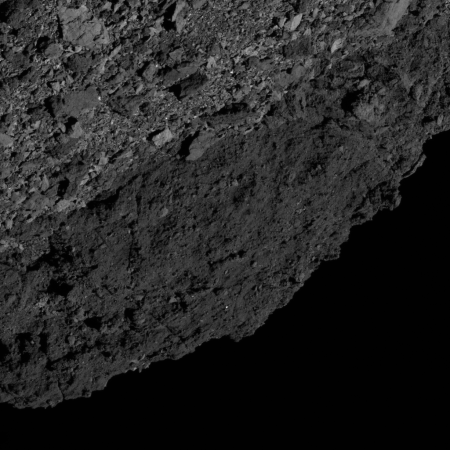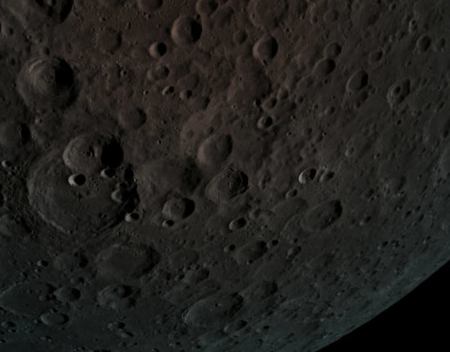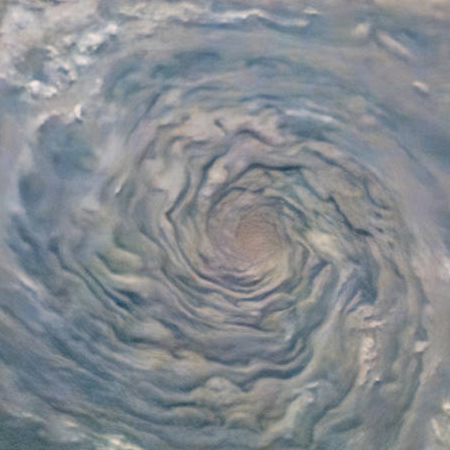DARPA picks three smallsat rocket companies for launch challenge
Capitalism in space: DARPA has chosen Vector Launch, Virgin Orbit, and a third unnamed company to compete for up to $10 million in prizes in its quick launch competition.
The Defense Advanced Research Projects Agency (DARPA) is giving $400,000 to each of three companies chosen to compete in the “DARPA Launch Challenge” to demonstrate rapid and responsive launch of small payloads. Tucson-based Vector Launch, Virgin Orbit, and a “stealth” startup will now have the opportunity to compete for prizes up to $10 million for successfully proving they can successfully launch twice in a row within a short timeframe from being provided mission parameters, DARPA told reporters here April 10.
First, I wonder why Rocket Lab was not picked. I suspect this is because it is already launching operational missions, and so does not need this developmental boost. Also, its rocket might not meet DARPA’s criteria. The launch systems of both Vector and Virgin Orbit are designed to allow them to quickly transport their rocket to any number of launch sites and go. Rocket Lab’s Electron appears to need a more established launchpad.
Second, I wonder what that third unnamed startup is. There are more than two dozen in development right now, but I can only think of one, Exos Aerospace, that has actually done any successful test flights, albeit suborbital. Whether its reusable SARGE suborbital rocket, being used to incrementally develop an orbital version, fits DARPA’s needs is not clear.
It could also very well be that DARPA has not actually chosen a third company, but has informed several that they can get that third slot, if they can achieve certain goals in a certain time frame. It could be that both DARPA and these companies would rather keep this private competition private. For the companies, they’d rather not advertise their failure to win it. For DARPA, the goal is to help, not hurt, the companies.
Capitalism in space: DARPA has chosen Vector Launch, Virgin Orbit, and a third unnamed company to compete for up to $10 million in prizes in its quick launch competition.
The Defense Advanced Research Projects Agency (DARPA) is giving $400,000 to each of three companies chosen to compete in the “DARPA Launch Challenge” to demonstrate rapid and responsive launch of small payloads. Tucson-based Vector Launch, Virgin Orbit, and a “stealth” startup will now have the opportunity to compete for prizes up to $10 million for successfully proving they can successfully launch twice in a row within a short timeframe from being provided mission parameters, DARPA told reporters here April 10.
First, I wonder why Rocket Lab was not picked. I suspect this is because it is already launching operational missions, and so does not need this developmental boost. Also, its rocket might not meet DARPA’s criteria. The launch systems of both Vector and Virgin Orbit are designed to allow them to quickly transport their rocket to any number of launch sites and go. Rocket Lab’s Electron appears to need a more established launchpad.
Second, I wonder what that third unnamed startup is. There are more than two dozen in development right now, but I can only think of one, Exos Aerospace, that has actually done any successful test flights, albeit suborbital. Whether its reusable SARGE suborbital rocket, being used to incrementally develop an orbital version, fits DARPA’s needs is not clear.
It could also very well be that DARPA has not actually chosen a third company, but has informed several that they can get that third slot, if they can achieve certain goals in a certain time frame. It could be that both DARPA and these companies would rather keep this private competition private. For the companies, they’d rather not advertise their failure to win it. For DARPA, the goal is to help, not hurt, the companies.












